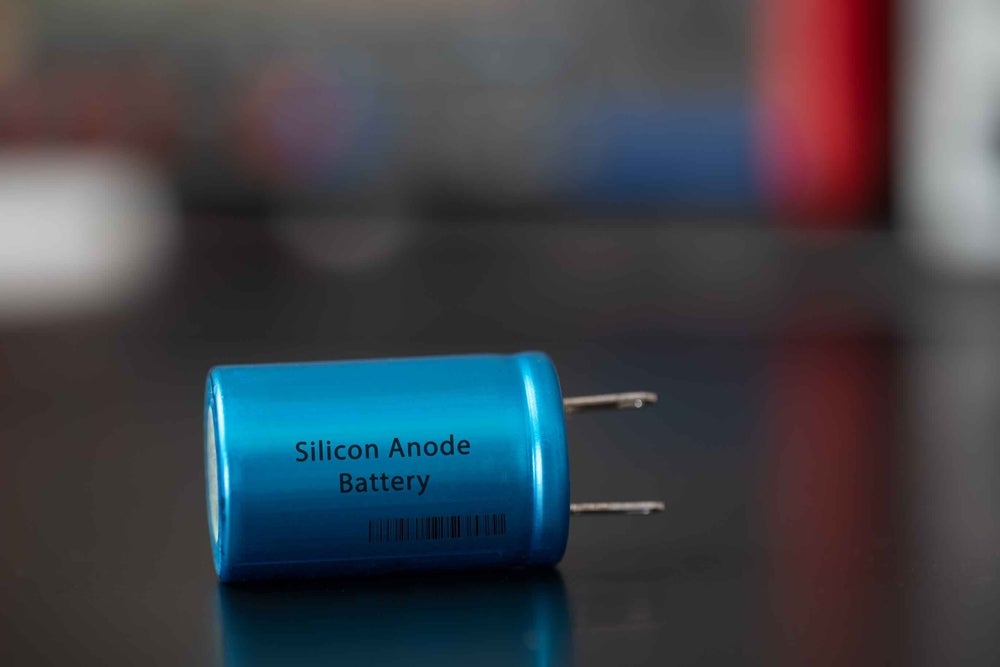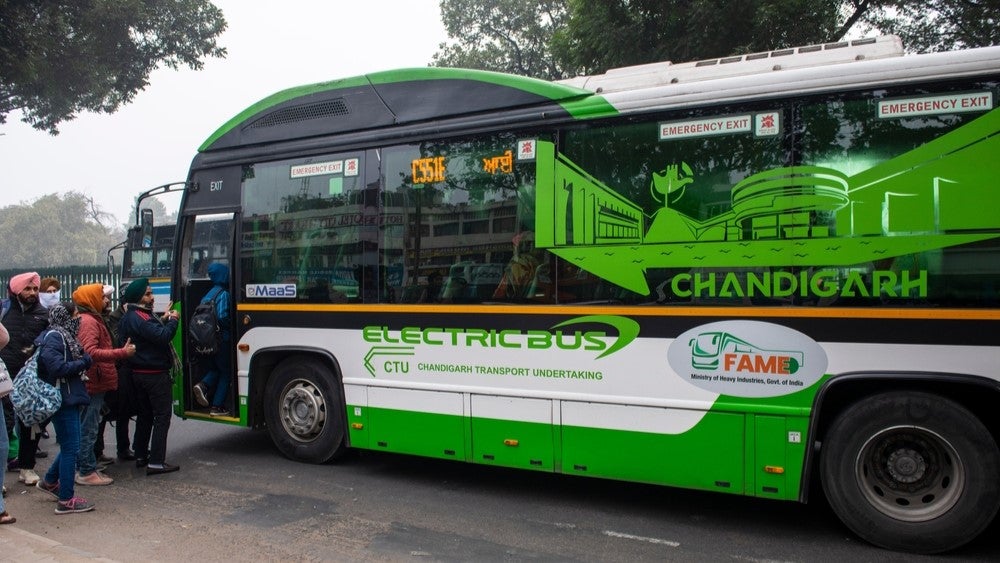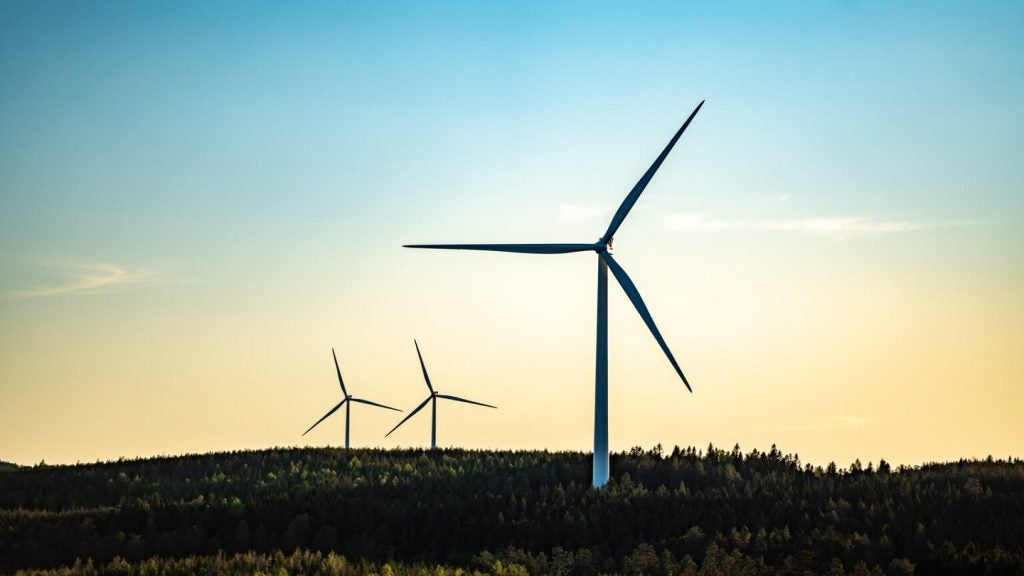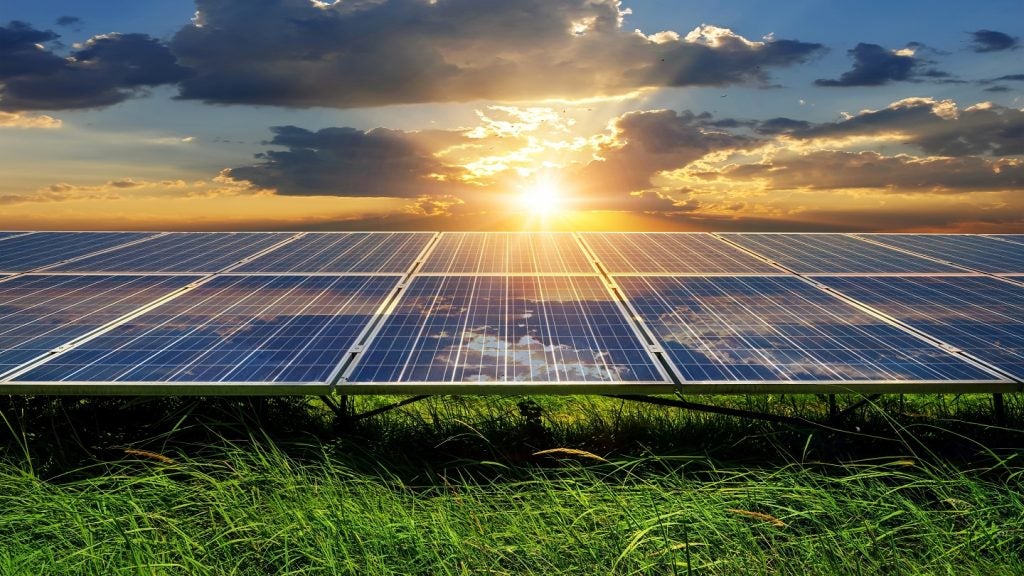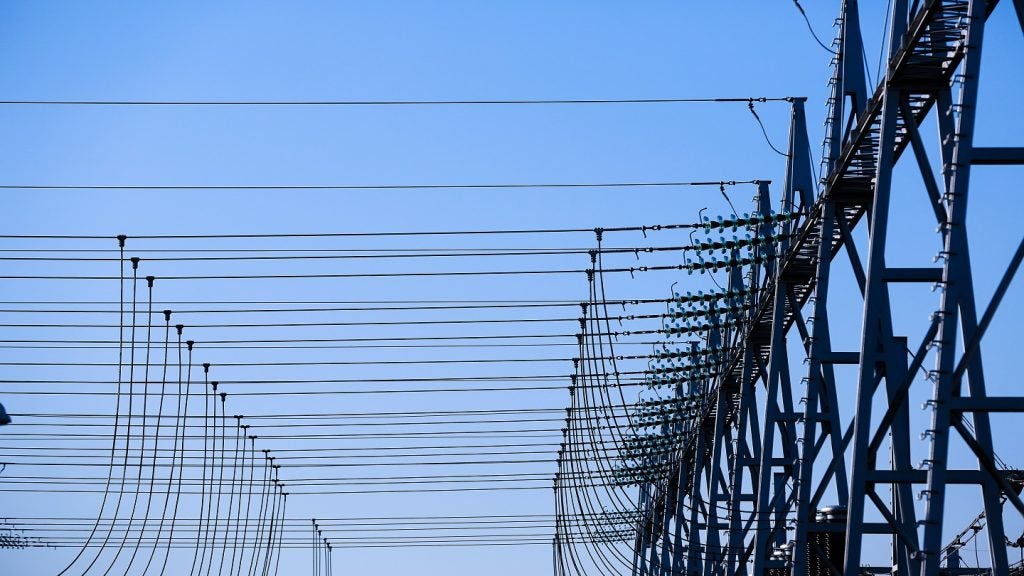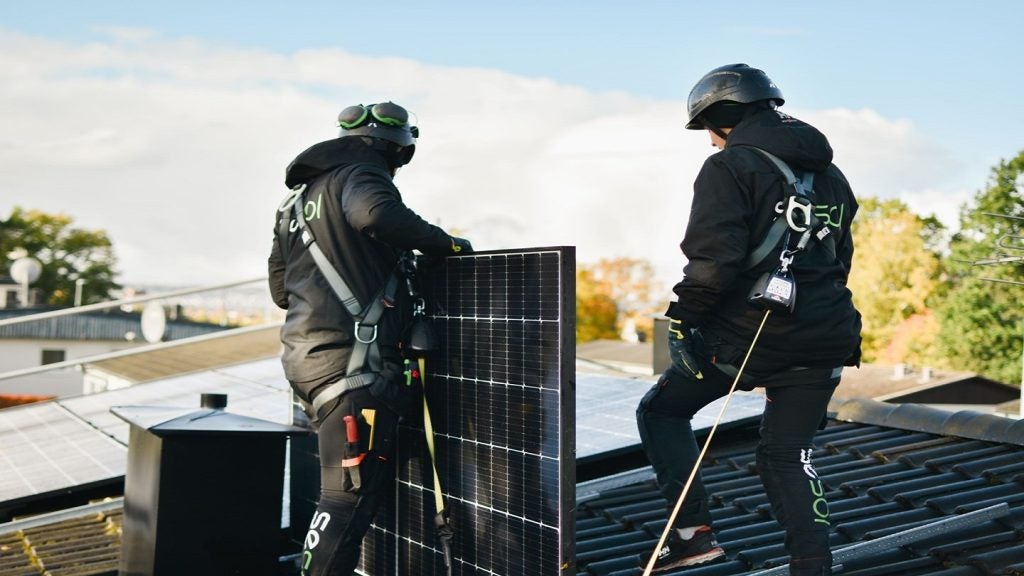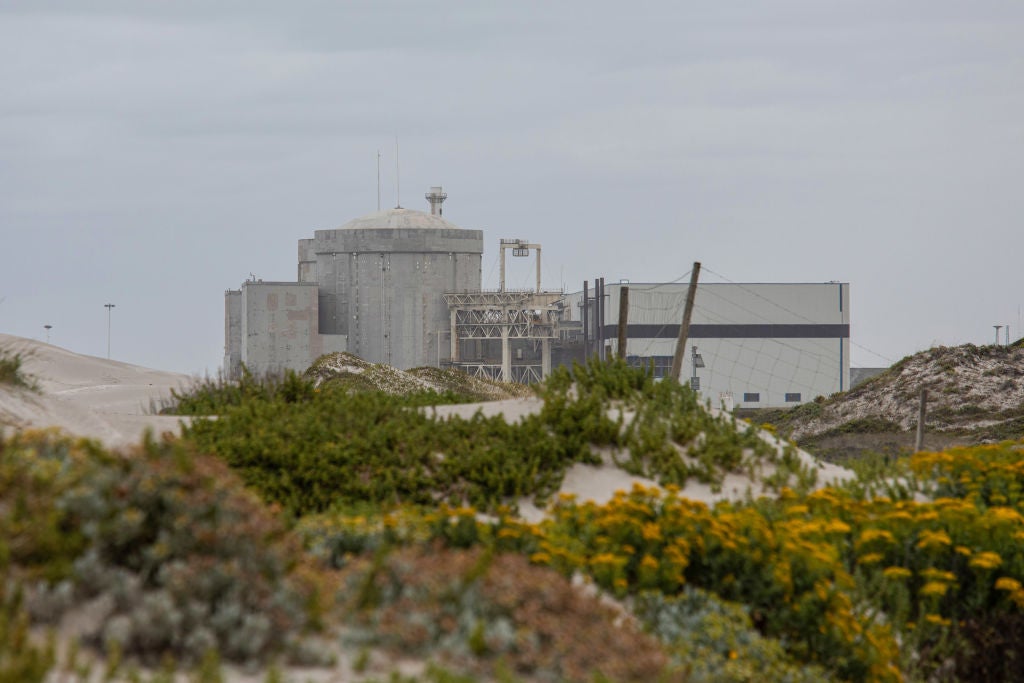Japanese conglomerate Panasonic has inked a deal with US start-up Sila to procure silicon for use in electric vehicle (EV) batteries. Panasonic is the largest battery manufacturer in North America and a supplier to major carmakers such as Tesla and Toyota. The move strengthens its position in the EV industry. Panasonic will integrate Sila's silicon anodes into batteries at its factories worldwide.
The collaboration supports Washington’s efforts to compete with China on cleantech, following the landmark Inflation Reduction Act (IRA) passed last year. The IRA offers significant consumer tax credits for EVs containing North American-made parts and domestically sourced critical minerals, making vehicles with components from China ineligible.
The adoption of silicon anodes for EV batteries is perfectly aligned with the spirit of the new law. As EV and battery manufacturers rush to reconfigure their supply chains to pull in subsidies, silicon has emerged as a promising alternative to graphite, a battery material predominantly manufactured in China.
Sila sees its partnership with Panasonic as an opportunity for the US to “lead in manufacturing next-generation battery technology”. In an interview with the Financial Times, Sila chief executive Gene Berdichevsky emphasised the potential of silicon anodes, adding that “trying to make graphite as cheap as China… is a fool’s errand”.
Panasonic currently operates two battery plants in the US and Mexico, and plans to expand its North American footprint by adding two more plants by 2031. The company wants to develop its North American supply chain to ensure stable sourcing as well as address global logistics and human rights challenges, according to Allan Swan, president of Panasonic Energy of North America.
The move towards silicon is partly driven by concerns about China's dominance in graphite production, with recent export restrictions impacting global supply chains.
Silicon’s potential advantages, such as its greater energy density – leading to extended driving range and faster charging times – make it an attractive option for EV manufacturers looking for a change from graphite. However, sceptics warn of challenges, including silicon's tendency to swell, potentially fracturing the anode particles or electrically disconnecting them, and the lengthy process of integrating new components into vehicle production.
Despite these hurdles, the US Department of Energy has invested $250m in grants to companies like Sila and Group14, another silicon anode manufacturer, signalling growing support for the development of silicon-based batteries.


